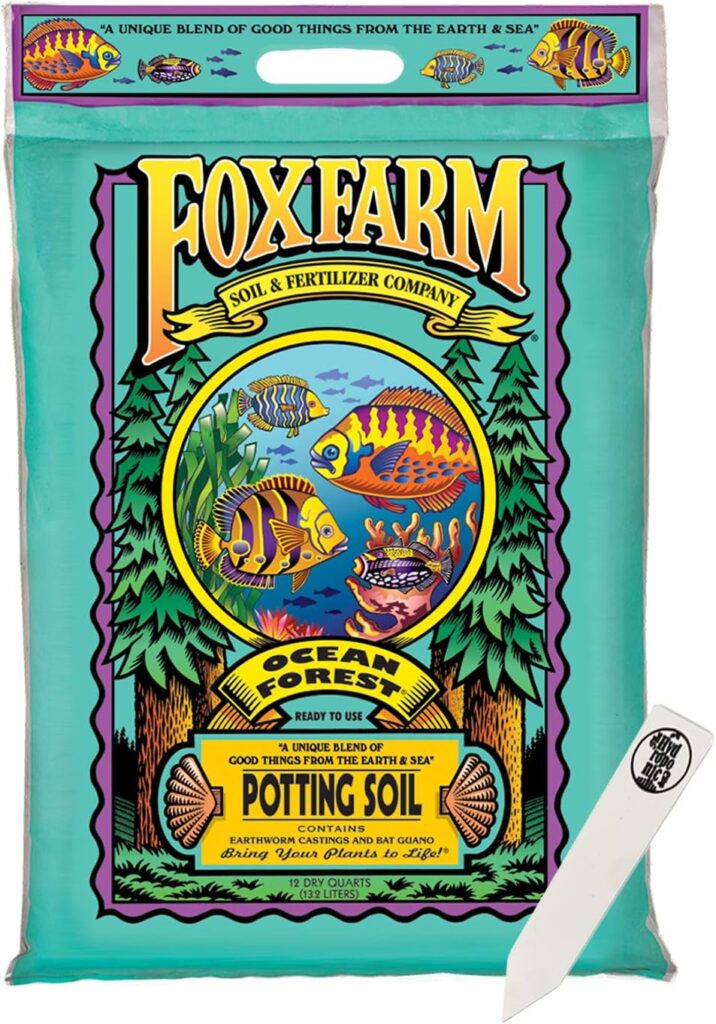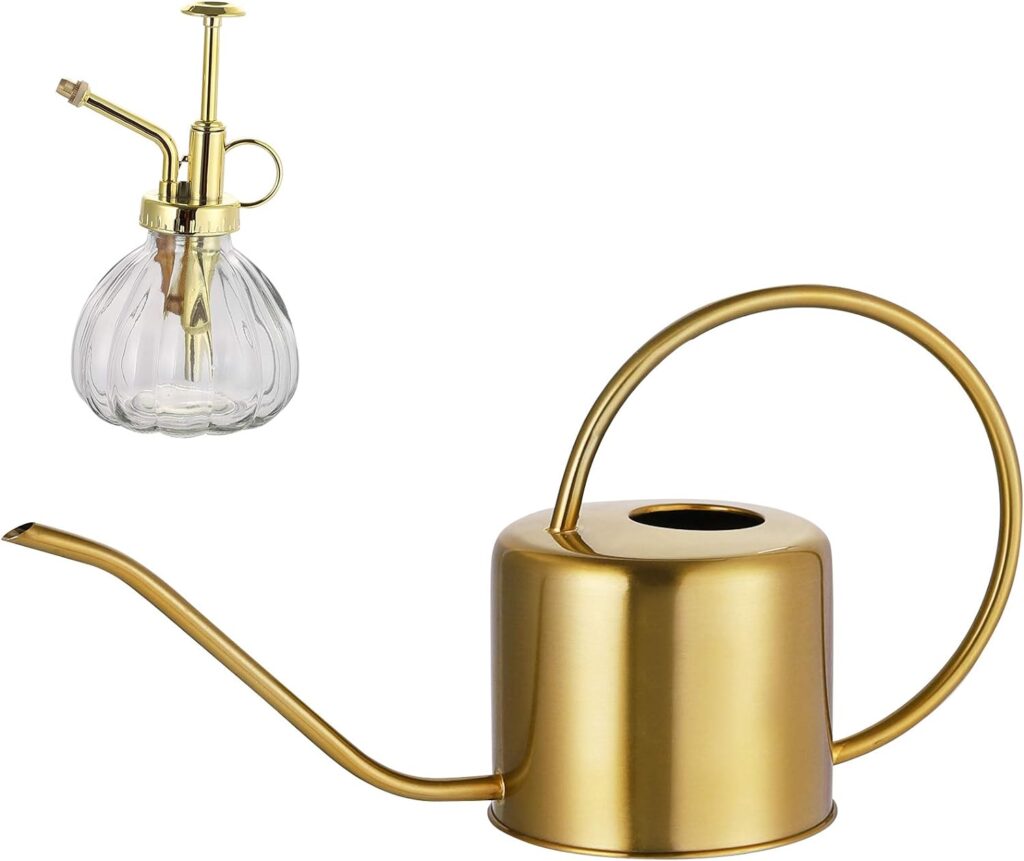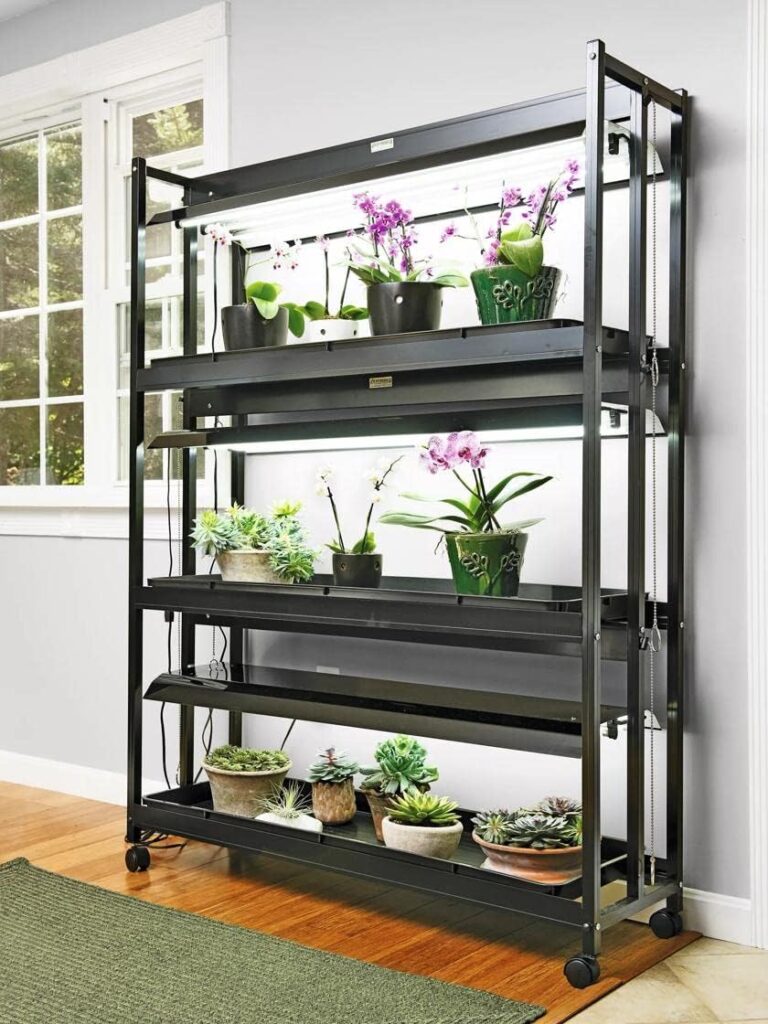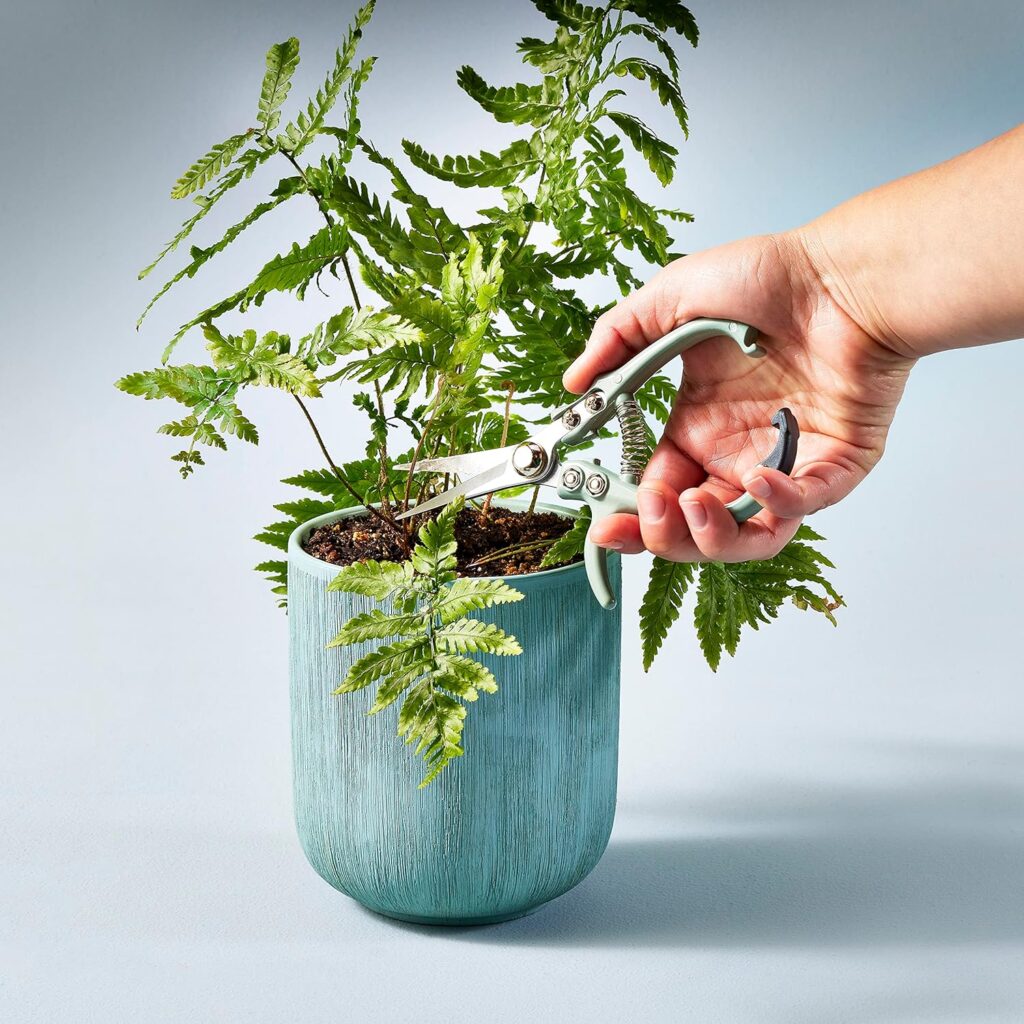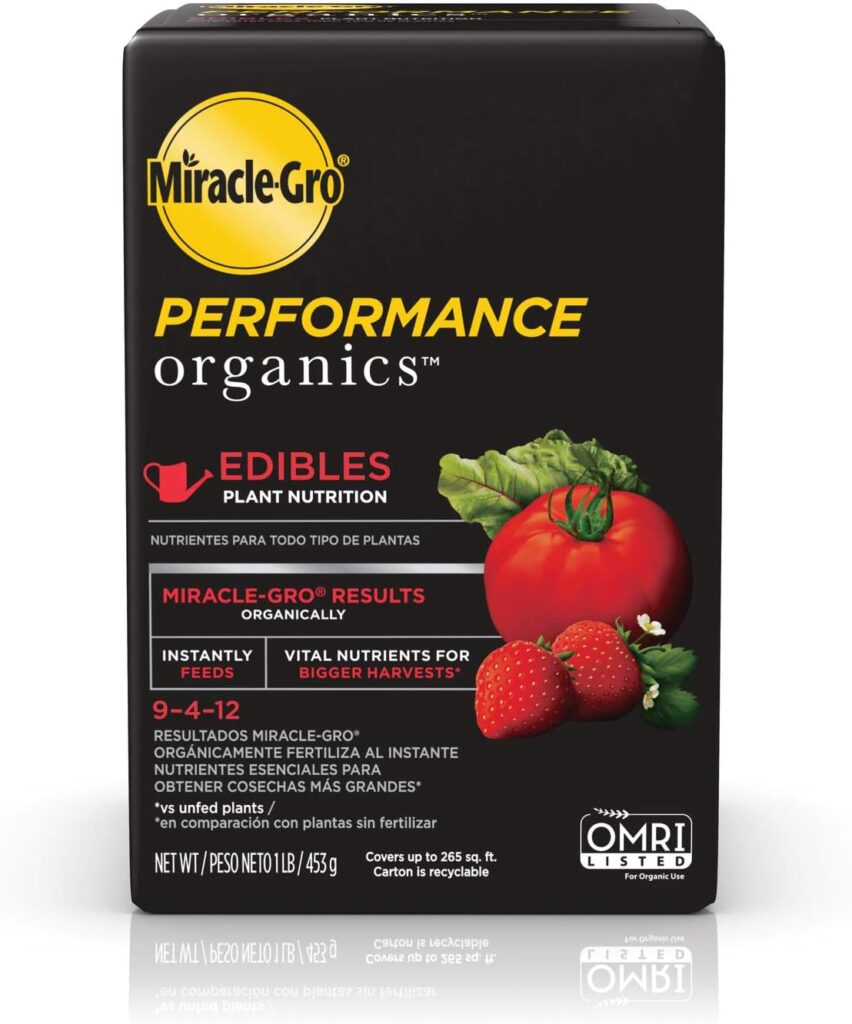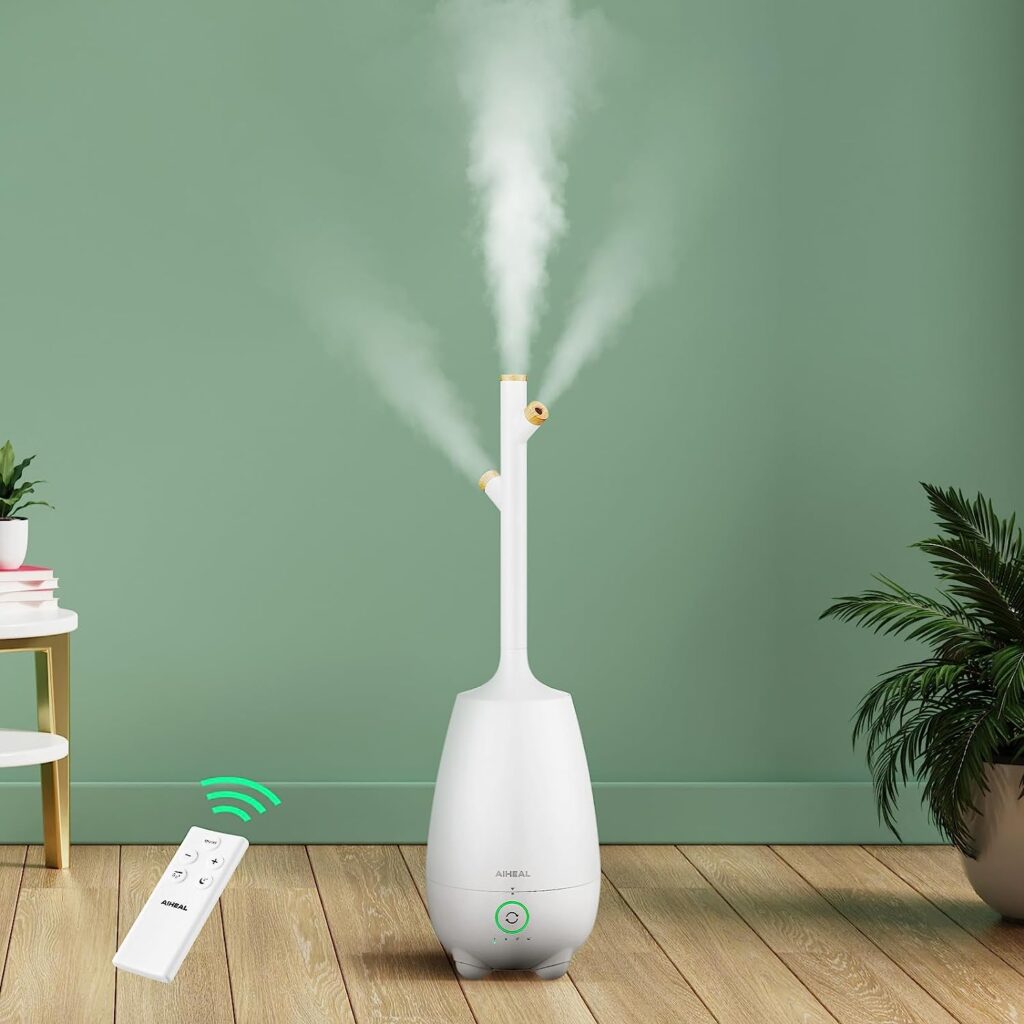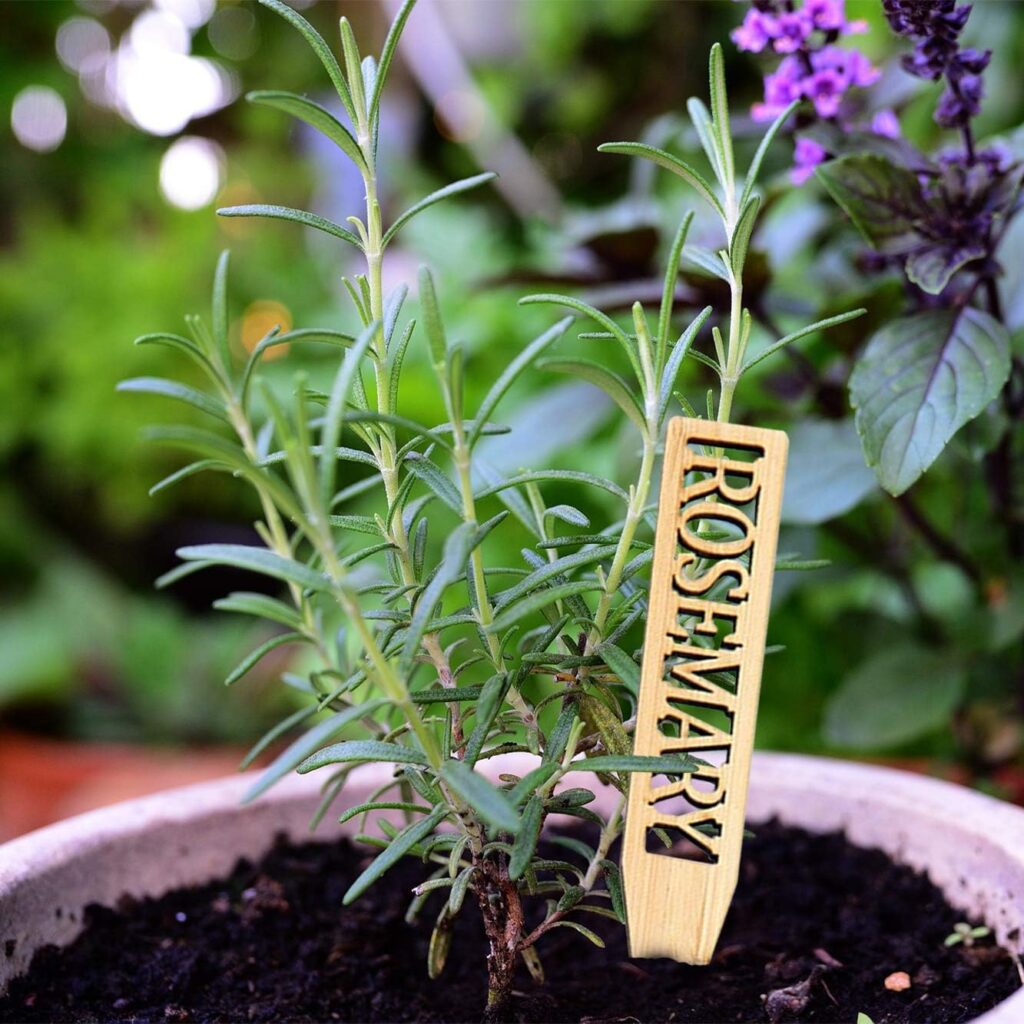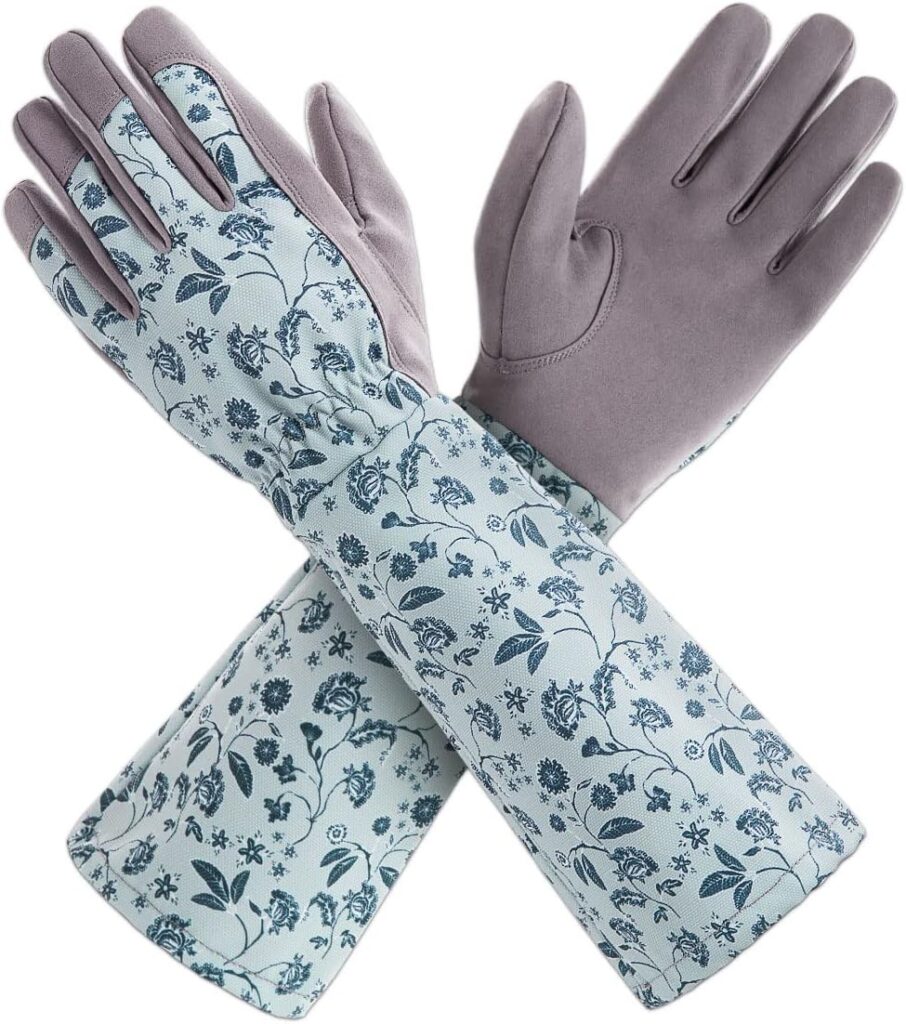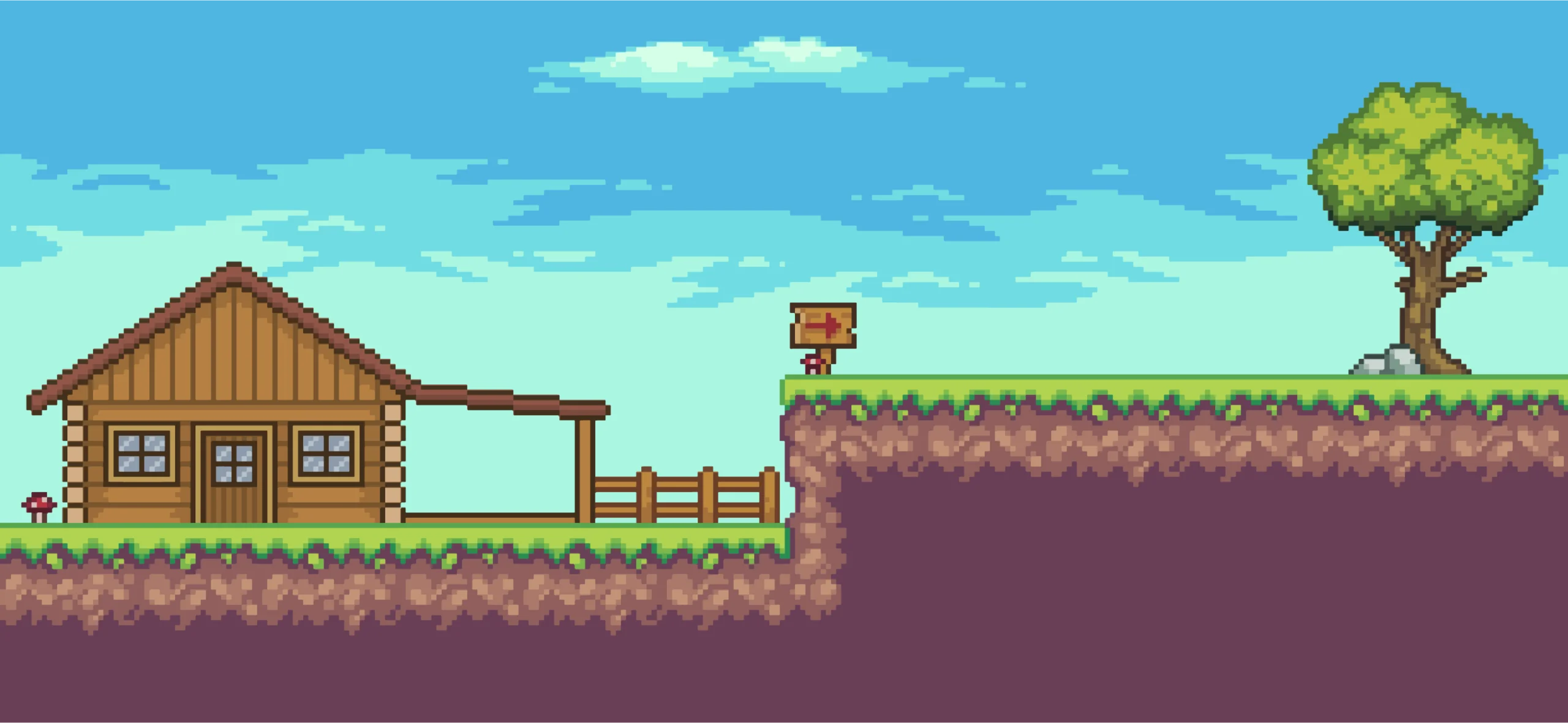Discover the Must-Have Supplies to Start Growing Your Own Food Indoors
Whether you’re a seasoned gardener or a novice with a green thumb itching to sprout, having the essential supplies on hand is crucial for creating a thriving indoor garden. Here’s a comprehensive guide to the must-have supplies for growing your own food year-round indoors.
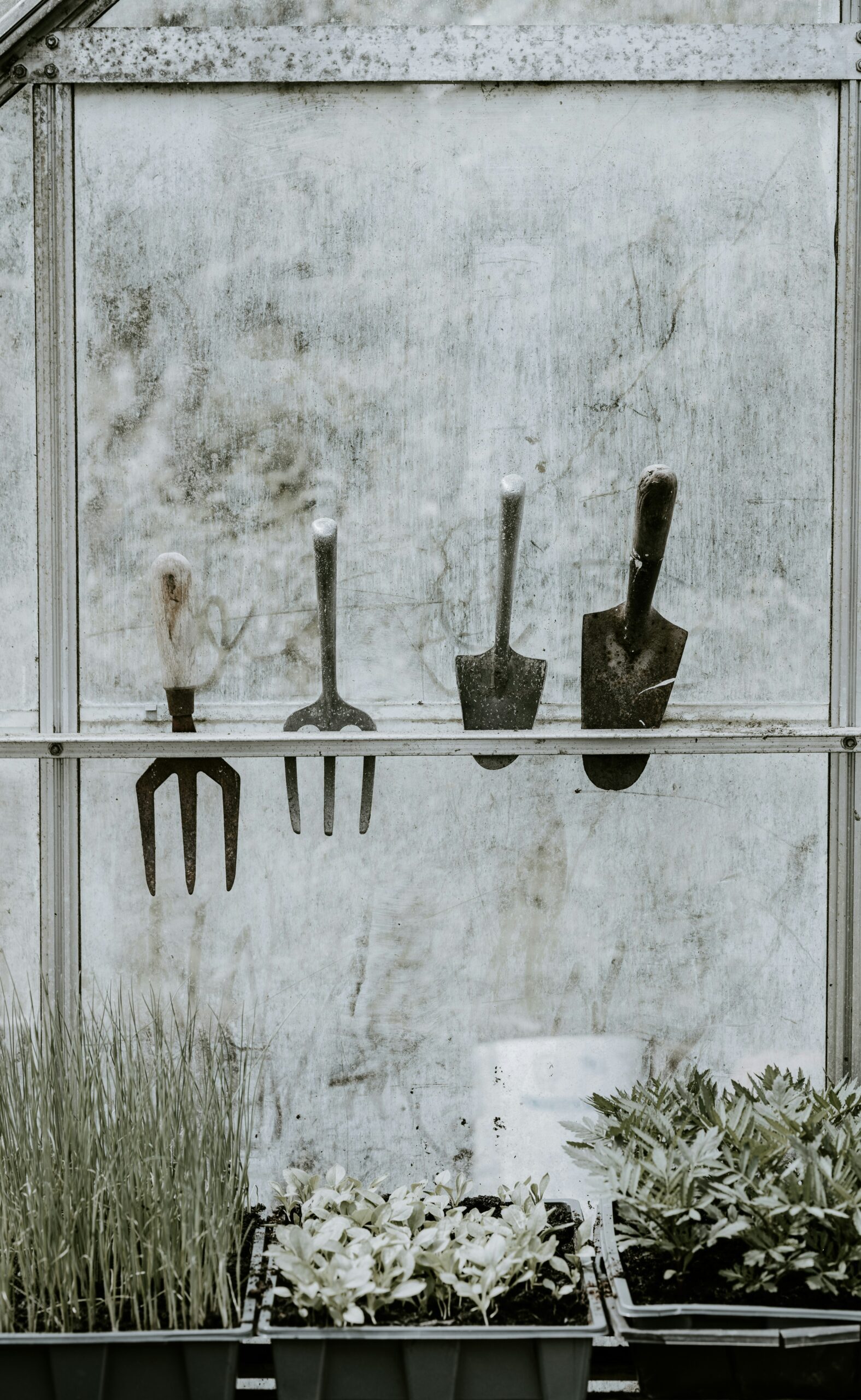
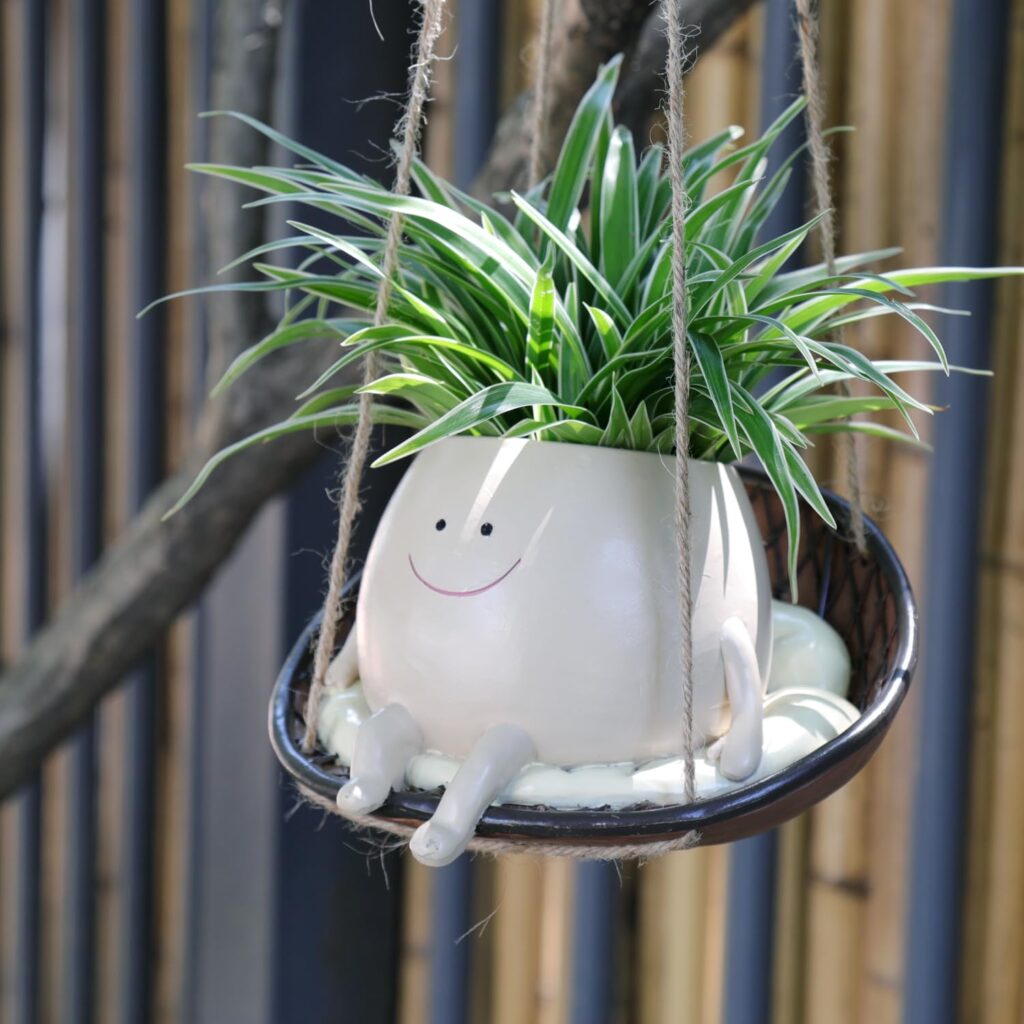
1. Containers and Pots
Selecting the right containers is paramount for indoor gardening success. Opt for pots or containers with drainage holes to prevent waterlogged soil and root rot. Consider the size of your plants and their root systems when choosing containers, ensuring they have ample space to grow.
To save time, invest in automated systems, including timers, humidity controls, auto lights, and aeroponics. Below are a couple of our favorite supplies that are used in our indoor garden:
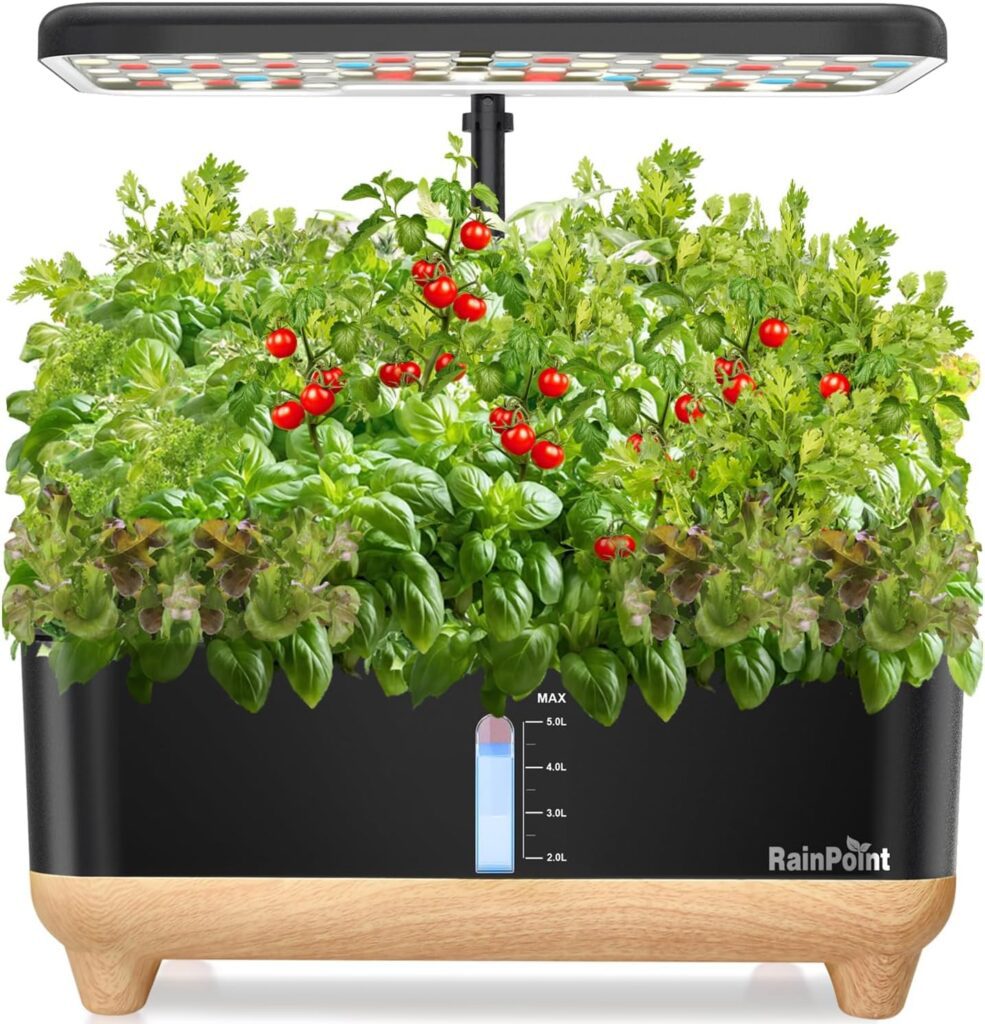

2. Potting Mix
A high-quality potting mix provides the necessary nutrients and structure for healthy plant growth. Look for a well-draining mix formulated specifically for indoor plants, as it will promote proper aeration and moisture retention. Avoid using garden soil from outdoors, as it may contain pests, diseases, or weed seeds unsuitable for indoor environments.
- The FoxFarm potting soil that has everything your plants need in one bag
- Blend of earthworm castings, bat guano, fish and crab meal, forest humus, sphagnum peat moss, and more
- Ocean Forest is pH adjusted at 6.3 to 6.8 to allow for optimum fertilizer uptake
- Encourages strong branching and a sturdy, healthy growth habit
- Ideal for containerized plantings and indoor edible gardens
3. Watering Can or Sprayer
Maintaining proper moisture levels is crucial for indoor plants’ health, making a watering can or sprayer essential tools. Choose a watering can with a narrow spout for precise watering, especially for small or delicate plants. Alternatively, a sprayer allows for gentle misting, ideal for plants with fine foliage or humidity-loving species.
This built-to-last watering can has a 40oz/1300ml large capacity, it is made of premium stainless steel, and it is durable and not easy to rust.
4. Light Source
While natural light is optimal for indoor plants, supplemental lighting may be necessary, especially when indoor gardening. Invest in full-spectrum grow lights designed for indoor gardening to provide adequate light intensity and spectrum for plant growth. Position lights accordingly to mimic natural sunlight and adjust the duration based on plant requirements.
An all-in-one rack like this Indoor Greenhouse Gardening 3-Tier Plant Stand provides not only a sturdy and safe place to store your indoor garden, but also has adjustable overhead plant lights to cater to a wide range of plants and growth stages.
The lights on this full indoor gardening system deliver full-spectrum light with an additional spike of blue light to stimulate stronger root growth and enhance photosynthesis. Long-lasting LED tubes won’t shatter like glass bulbs and they’re mercury-free so, unlike fluorescent bulbs, there’s no need for special disposal.
5. Pruning Shears or Scissors
Regular pruning promotes healthy growth and prevents overcrowding in indoor plants. Keep a pair of sharp pruning shears or scissors handy for trimming dead or damaged foliage, shaping plants, and encouraging branching. Clean and sanitize tools between uses to prevent the spread of diseases among plants.
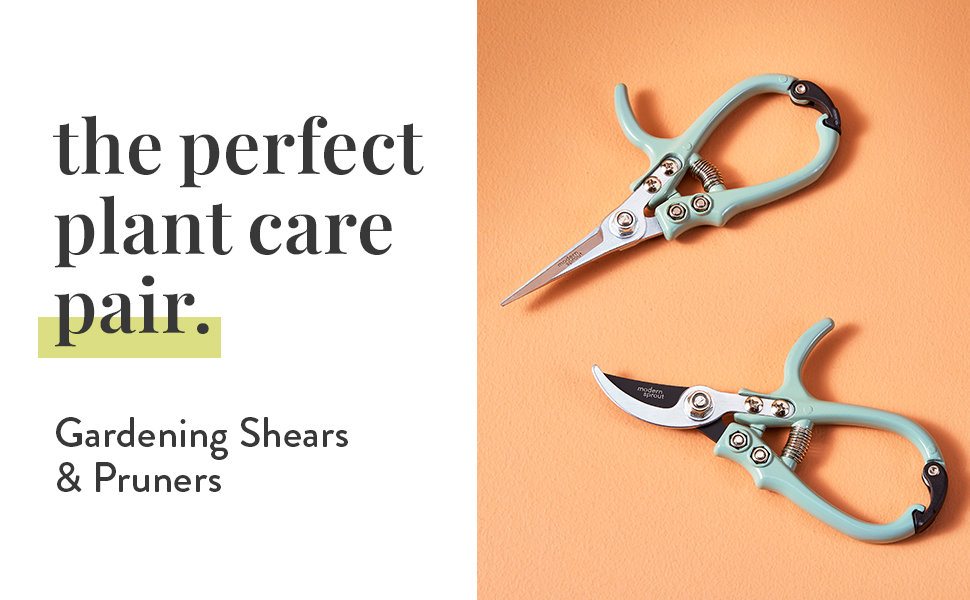
6. Fertilizer
Indoor plants rely on regular fertilization to replenish nutrients depleted from potting mix over time. Choose a balanced liquid fertilizer or slow-release pellets formulated for indoor plants and follow recommended application rates. Be mindful not to over-fertilize, as it can lead to nutrient imbalances and damage to plants.
7. Humidity Tray or Humidifier
Maintaining adequate humidity levels is essential, especially for plants native to tropical or humid climates. Place plants on humidity trays filled with water and pebbles to increase ambient moisture around them. Alternatively, use a humidifier to regulate humidity levels in indoor spaces, particularly during dry winter months.
8. Plant Labels or Markers
Maintaining an aesthetically pleasing organization with stylish plant labels enhances both the visual appeal and functionality of your garden or indoor space.
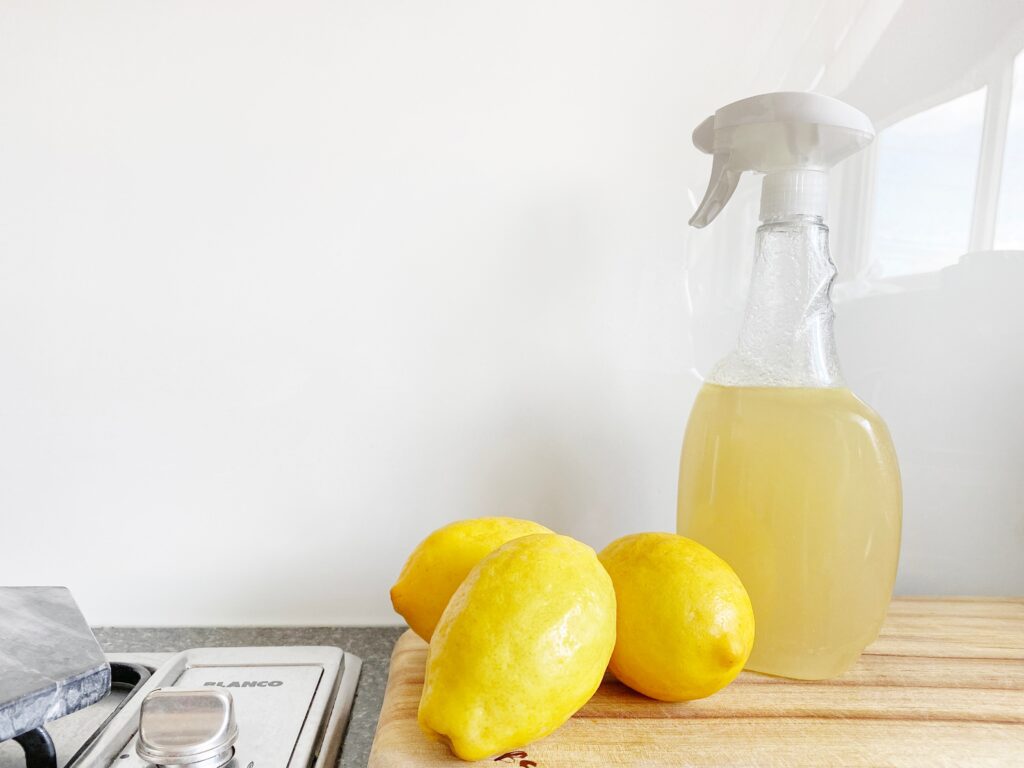
9. Cleaning Supplies
Regular cleaning of indoor gardening tools, containers, and surfaces is essential for preventing pests, diseases, and algae buildup. Keep cleaning supplies such as mild soap, water, and soft brushes or cloths on hand for routine maintenance. Sanitize containers before repotting new plants to minimize the risk of introducing pathogens into your indoor garden.
10. Gardening Gloves
Protect your hands from soil, thorns, and potential irritants with a pair of gardening gloves. Choose lightweight, breathable gloves with a snug fit for dexterity and comfort during planting, pruning, and potting tasks.
With these essential supplies in your indoor gardening arsenal, you’re well-equipped to create an edible garden within your home. Remember to tailor your care routine to the specific needs of each plant species, observe them regularly for signs of stress or pests, and enjoy the rewarding journey of nurturing green life indoors.
